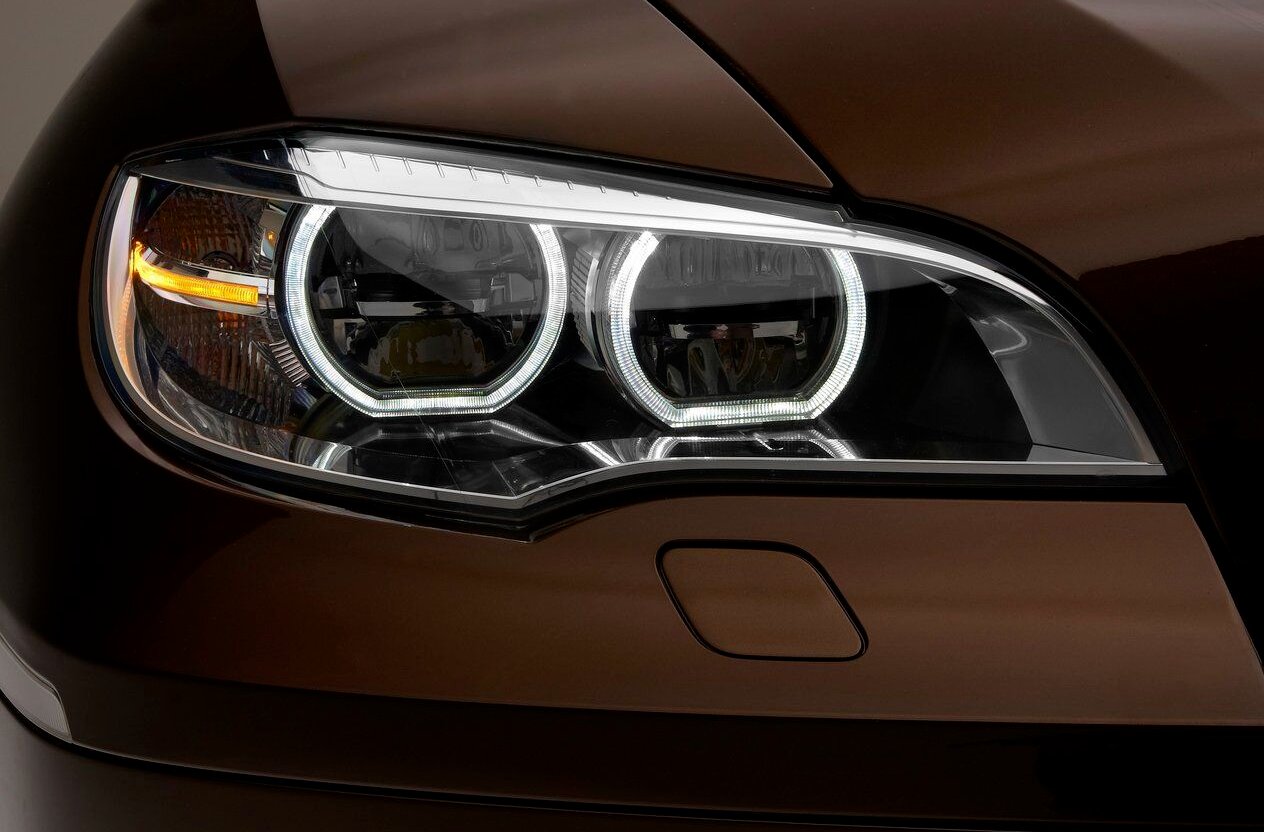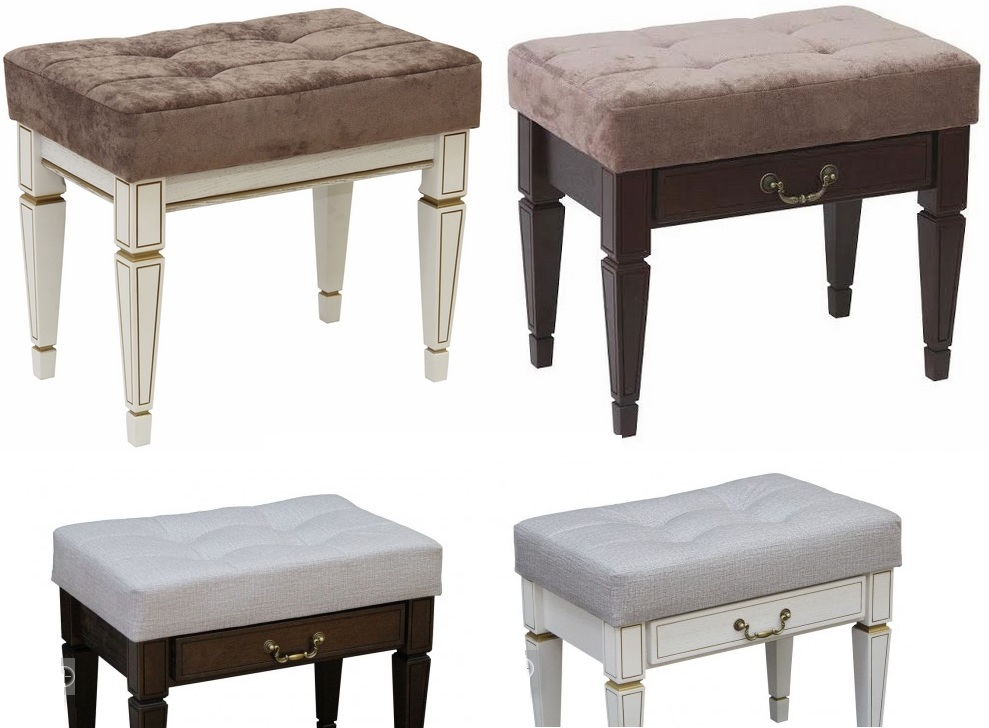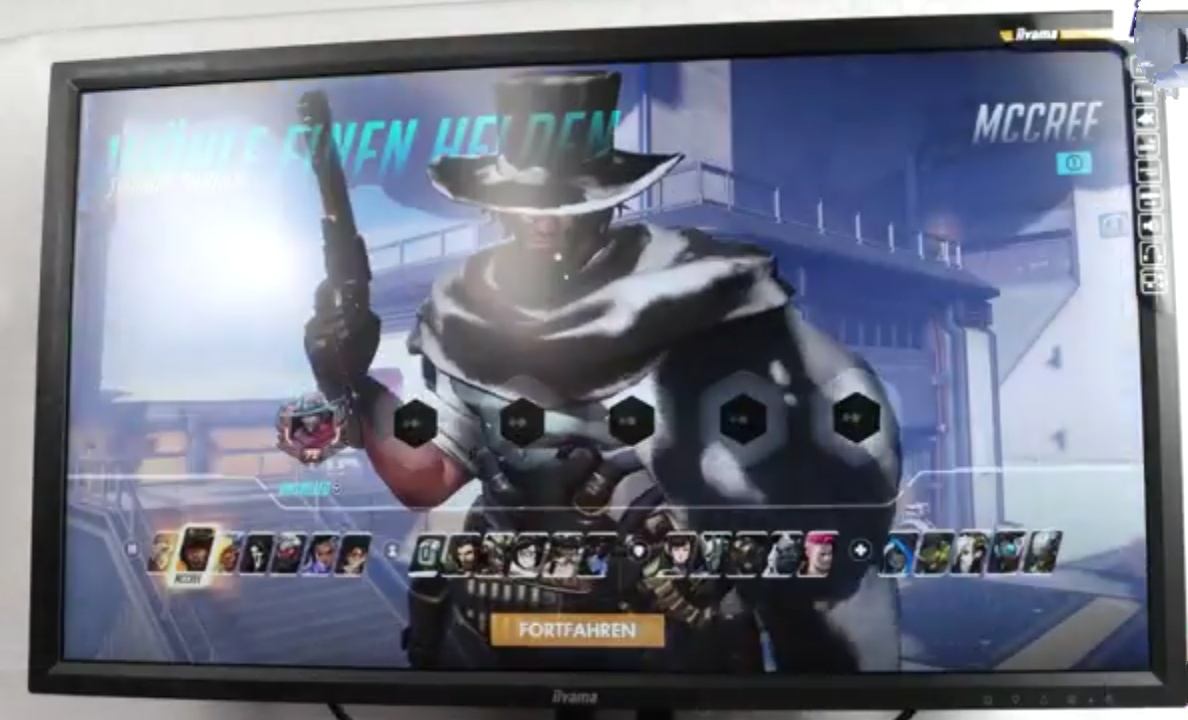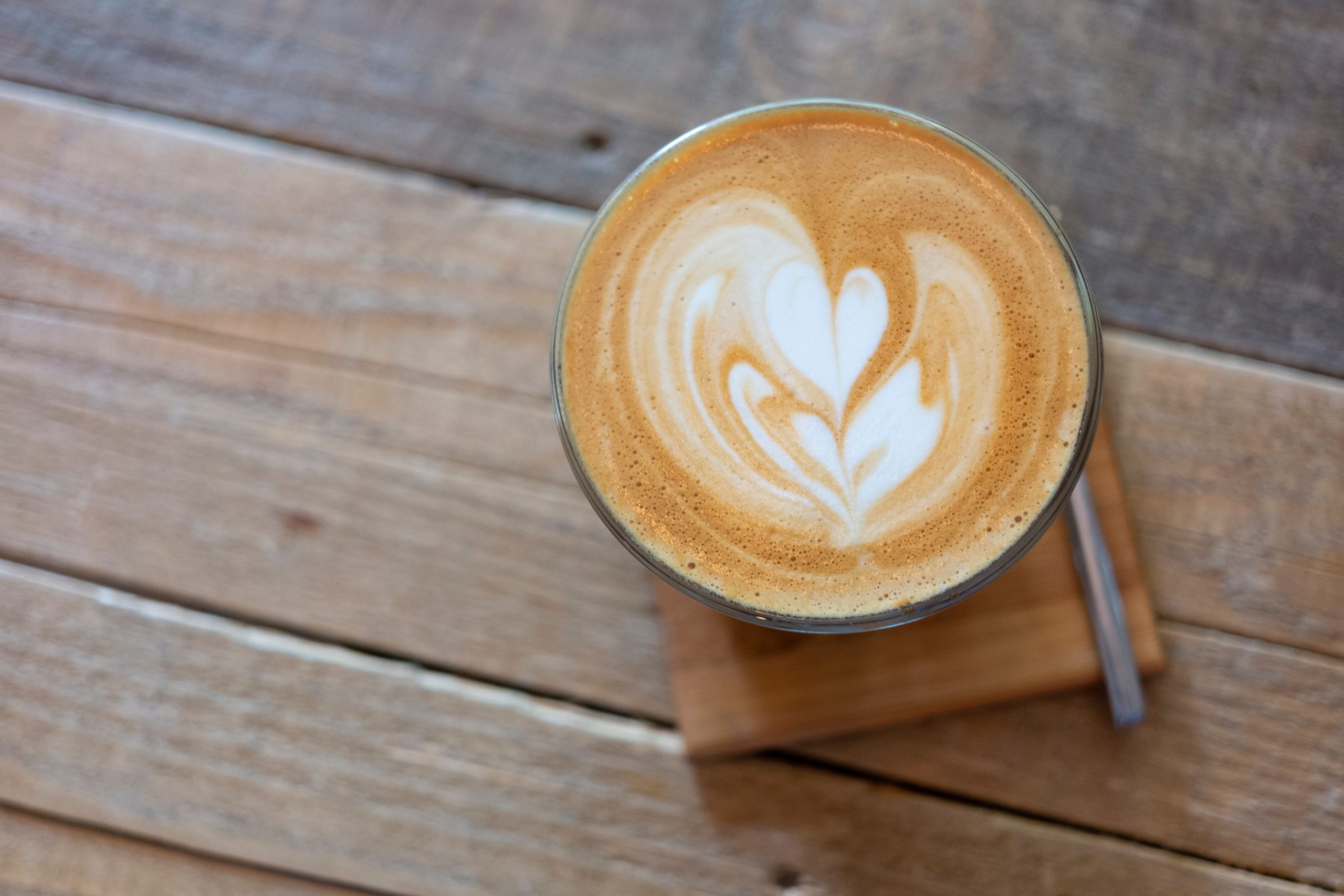Rating of the best mosaic panels for 2022
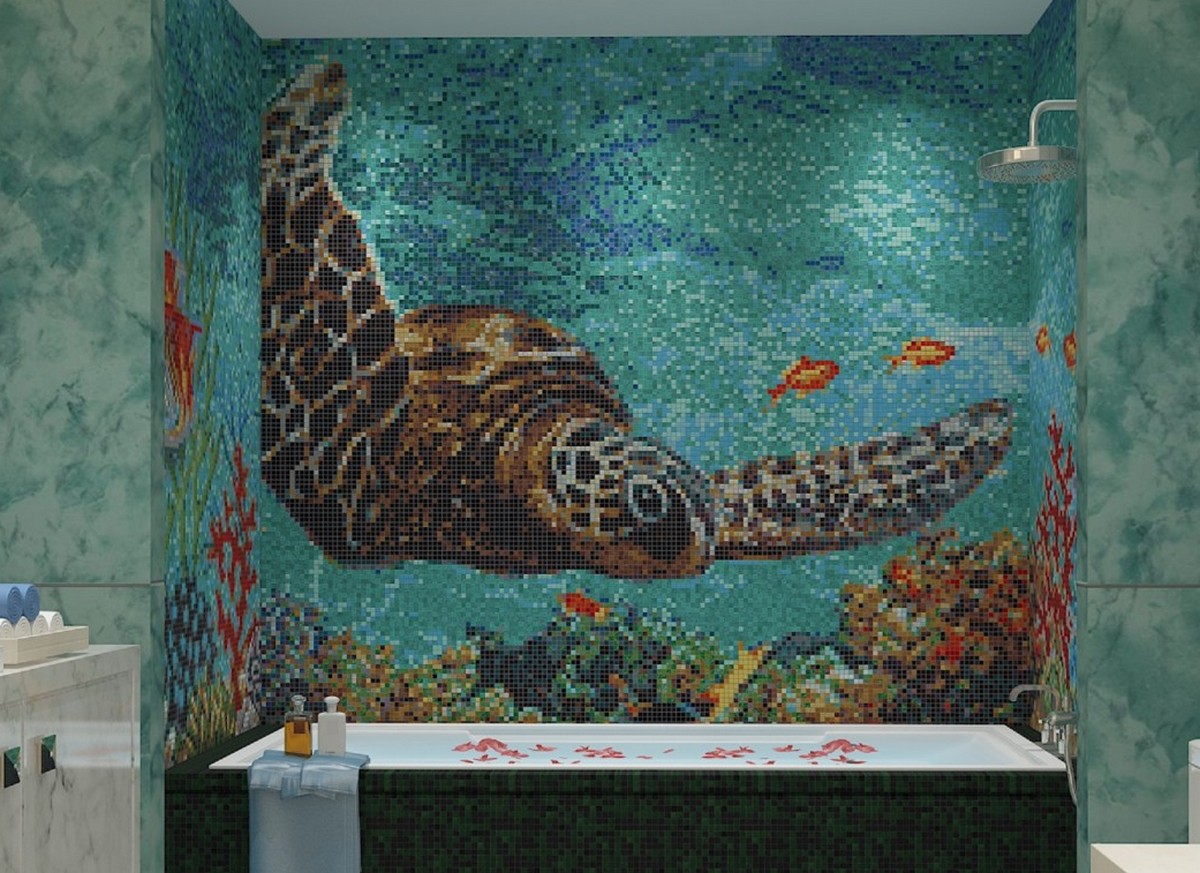
The creation of large drawings from multi-colored small fragments of various materials is alive to this day. Professionals of this business offer more and more new solutions and materials. But industrial production does not lag behind them, which produces ready-to-assemble paintings in the form of panels, and even an ordinary amateur can lay out such an image (fortunately, the appropriate “cutouts” are immediately supplied in the kit). Of course, real mosaic panels involve long and painstaking independent work, and certainly do not encourage the use of “cutting out”. However, it will be very difficult for a non-specialist to distinguish a picture assembled by a pro from a panel assembled from a printout by an amateur.
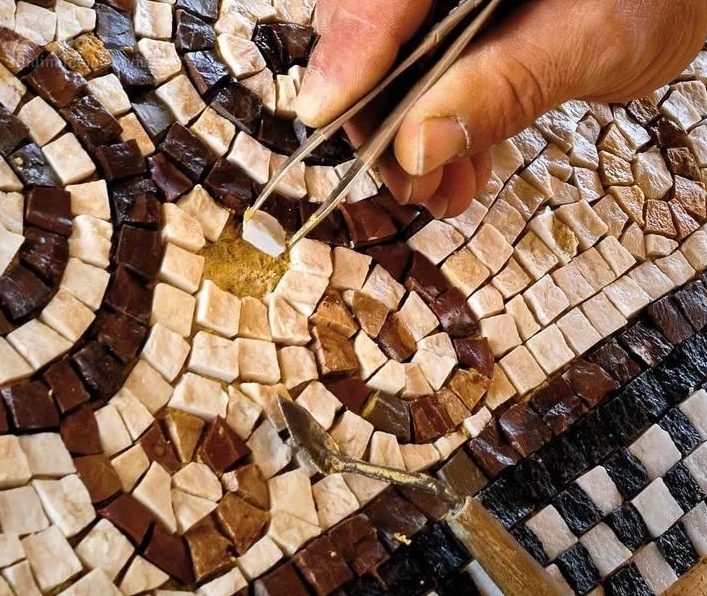
Content
The relevance of using mosaic panels in interiors
It is difficult to say that a mosaic panel is suitable only for any particular type of premises. It will look appropriate in almost any interior, even on the floor, even on the walls, even on the ceiling. Most often, such material is trimmed:
- Premises of high humidity (pools, toilets, bathrooms);
- Rooms with frequent temperature changes (kitchens and saunas);
- Premises requiring wear-resistant flooring (foyers and halls of hotels, halls of restaurants, dance floors);
- Surfaces with irregular geometry and irregularities.
The above objects have certain requirements for their functionality, so the panel in them (which will be easy to maintain) is able to provide a beautiful and durable surface that is not subject to shedding or premature deformation. In addition, the corridors of hotels, their facades, the lining of country mansions, decorated with full-size images, immediately acquire a very presentable look.
Manufacturing materials
It is no secret that the size of a mosaic panel, its appearance and durability will depend on what material its components are made of. In most cases, the following materials are used:
- Glass is an extremely versatile and practical material. Its surface, which has roughness, is perfectly capable of refracting light, which forms additional visual volume and expressiveness. Among other things, glass has water resistance, fire safety, hygiene, resistance to deformation.
- Smalt - it is made from Murano glass, and it has characteristics of brightness, strength and transparency similar to it. Murano glass is molten glass powder interspersed with dyes. Smalt can have both a glossy and matte surface (with a highlighting effect).
- Mirror tiles are another variation of glass material, which is usually used as a background. Due to the reflectivity, it is able to give a visual change to the volume of the room. However, it has a number of disadvantages: instability to moisture, brittleness and susceptibility to deformation during overloads.
- Ceramics - it is almost ideal for finishing any surfaces, unpretentious in terms of operating conditions. The range of its color and texture ranges is quite extensive. Resistant to low temperatures, high humidity, aggressive chemicals.
- Stone is the most ancient basis for mosaic panels. It is usually produced in the form of large modules applied to the grid - this makes it easier to lay out. Depending on its type, a stone can have completely different properties (both positive and negative).For example, marble is perfect for finishing a kitchen apron, because it does not absorb moisture, but it easily fixes grease stains on itself, so it needs constant cleaning.
- Metal is a relatively new base for mosaics. We are talking primarily about aluminum, copper or "stainless steel". Less often, silver, gold, bronze or brass are used in mosaic business (due to the high cost). Its own color scheme is somewhat meager, but the surface texture can be very diverse. The release is made in the form of separate modules, where several fragments are assembled and fixed on a rubber substrate. Can be placed on uneven surfaces
- Wood - wooden mosaic is made of solid wood. To increase color variations, a mixture of veneer of various types of trees is used, less often non-standard solutions are used in the form of a combination of sections of several trunks. Such a panel can be proud of its versatility - it will perfectly fit into both a classic interior and a high-tech style. To enhance the visual effect of three-dimensionality, some wooden chips-plates in the mosaic can be specially installed at a slight angle.
Modern technologies of creation
The most popular methods for performing this type of image today are:
- The matrix method is the easiest way to lay out a panel. Chips-plates are assembled into ready-made modules on a grid or paper basis (on an area of about 30 square centimeters). In retail chains, it is possible to buy ready-made compositions based on such fragments, and the surface only needs to be decorated with these tiles in the correct order. Laying usually takes place on a standard type of tile adhesive.Each module can contain either a general pattern or be part of a large image - it all depends on the owner's choice and design tasks. The modules have a classic square / rectangular shape, but there may be other variations.
- Artistic method - it is used exclusively when professionals fulfill individual orders according to exclusive sketches. This work is subtle and painstaking, takes a lot of time. It is quite possible to compare it with hand painting, since the ultimate goal is to collect a full-scale picture by laying out small multi-colored fragments. However, if the image must be too large, then a modular assembly can also be used. The value of such a panel will increase depending on how small chips-plates were used during the layout. The artistic method involves placing accents on individual parts of the picture and, often, does not set itself the task of masking any imperfections of the finished surface. To increase the aesthetic value of the final work, artistic grout is specially used - each fragment is rubbed in the appropriate color.
- Combined method - this technology is a combination of the previous two. For example, when making a large-scale panel, some common monochrome elements of the image are laid out in large modules (for example, parts of the clothes of a human figure), and some - in small fragments separately (for example, parts of the face, eyes). Thus, it is possible to speed up the production of work somewhat without losing the quality of the result.

Classic and modern design styles
People have learned to lay out panels based on mosaic fragments for a long time.This technique has spread widely around the world and each nation has tried to bring something of its own to this art form. Here are some of the most popular styles today:
- Alexandrovsky (aka "Greek") - named after the commander Alexander the Great, since this style of layout is characterized by the image of battle scenes (initially, Alexander's military exploits were recorded in this way). The inherent color palette is dominated mainly by natural shades - red-brown, red, white and yellow. Drawing in this style must be laid out within the boundaries, which are strictly defined. Each chip plate was individually cut out of glass or marble and subsequently polished and painted;
- Byzantine - this style arose a little later than the previous one. However, it has not lost its relevance to this day. It has a high artistic value and is easily recognizable. In such calculations, only one material is used - this is smalt. A golden background is always used as "backdrops". To obtain different shades, mixtures of metals in different proportions are used for smalt inclusions. Usually mercury and copper are used, but particles of natural gold can sometimes be used. All objects displayed on the panel must have absolutely clear contours along with symmetrical proportions. The whole image can give a certain amount of "cubism". The final result visually looks better at a distance, when viewed close, the picture may seem somewhat rough. The plots laid out in this technique are mostly scenes from ancient literary works and myths. Qualitative examples of the Byzantine style can be seen in many museums in Italy.This technique is subject to accurate images of animals and plants, and even fabulous creatures. The marine theme is also well developed - dolphins, ships, coastal compositions.
- Florentine - named after the Italian city. Compositions are made on the basis of natural stone, which is often common sea pebbles. The style is considered one of the most difficult, because it requires the most dense packing of all fragments in such a way that there is a minimum of space for seams and grouts. Pebbles are a very heterogeneous element, having extremely different shapes and sizes, as well as colors, so the Florentine style has earned the title of the most laborious.
- Mikhailovsky is the style of the descendants of the Byzantine school, which also has primary colors, which are gold and green (and their shades). In this style, panels are made on the theme of biblical stories. Mikhailovskaya technique has become widespread in Eastern Europe. Due to the wide use of different shades of the same color, the overall picture loses its static properties, it is given some kind of liveliness.
- Sophia is another heir to the Byzantine style, which uses a wider color palette. A distinctive feature is the use of smalt fragments of various shapes - triangles, ovals, squares. However, the requirements for stacking density are rather loose here.
- Roman - it uses very small fragments, but thanks to this it is possible to achieve high accuracy and clarity of the overall image. Such a technique is good for decorating the smallest details when depicting people, landscapes, representatives of fauna and flora. Also, with the help of gradient color transitions, it is possible to convey the movement of objects.
- Russian - The advantage of this style over all others is that it allows accurate images to be placed on uneven surfaces. Classical ancient technologies simply do not allow this. Thus, using the Russian style, you can create not only a two-dimensional flat picture, but also make some of its details voluminous. Inexpensive natural stones are taken as the basis for chips-plates, which are placed on grid modules. Individual three-dimensional elements are created by hand from semi-precious minerals.
Advantages and disadvantages of mosaic panels
The main positive qualities of this type of design art include:
- Exclusivity and beauty - regardless of the design style used, any mosaic-based panel is a separate work of art that can impress the viewer with the skill of calculation, color depth and quality of detail. The master is simply obliged to fit each part of the image so that in the end a beautiful artistic canvas is obtained. Given the technique of execution, there simply cannot be 100% identical works, so any panel is a priori exclusive.
- Durability - Most of the materials from which the items in question are made are durable. So, most of the paintings created back in the days of Ancient Greece and the Roman Empire have easily survived to this day. Their condition is almost unremarkable. Modern materials and compositions are even more effective - they can prolong the life of the painting for a long time. This is due to the improvement of manufacturing technologies for individual chips-plates, which include innovative inclusions that are responsible for durability.
- Versatility - due to the variety of textures, materials and colors, it is possible to realize any design idea of almost any level of complexity. For example, some parts can be arranged as separate three-dimensional elements against the general background of a large two-dimensional picture. The materials will allow you to decorate a room with a mosaic for any purpose, but in the forefront here, of course, are bathrooms, kitchens, bathrooms, swimming pools, hamams. Also, do not forget about the external facades with mosaic-based ornaments.
- Practicality - here an important role is assigned to the care of ready-made images. It is necessary that the picture does not get too dirty, because then its aesthetic value will be lost. Accordingly, caring for her should not create any special problems. Practice shows that most mosaic materials perfectly tolerate the removal of any contamination with standard detergents or simple soap solutions. Even if the pollution is stable, the mosaic can also endure the work of a coarse brush, coupled with aggressive detergents.
The main disadvantages of mosaic paintings include:
- High cost - laying a beautiful and exclusive mosaic panel with high quality is not a cheap pleasure. The inflated price tags are due to the fact that expensive materials (smalt, wood or marble) are very often used in the design of such masterpieces, without descending to their synthetic counterparts. Among other things, for laying designed for a long service life, you will need to apply expensive types of glue and use high-quality grout. Naturally, it is better to entrust the design work to an experienced professional, whose services will also cost a pretty penny.At the same time, one should not forget about the work of a designer-artist who will develop and prepare an individual project from scratch.
- The complexity of the installation - all the beauty of the final result will directly depend on how well the entire layout will be done. All the difficulties lie in the fact that each element must be laid out correctly, quickly, accurately, while the adhesive base must not be allowed to leak. Such accuracy of actions requires a certain dexterity and considerable skills. If at least one element is installed incorrectly (for example, upside down), then it can easily bring down the whole usefulness of the composition. Moreover, you should separately devote time to finishing grouting and polishing - its poor quality can also nullify the entire installation.
Self-assembly panels
Still, you should not think that the design of any mosaic panel is an extremely complicated matter. In principle, even an amateur can reach the level of a master, but you need to start with small projects. The standard steps for creating the images in question are as follows:
- Selection of drawing, creation of its sketch.
- Working with a sketch - the selected image is scanned, after which, using special software, an arrangement is built for each fragment of the mosaic (creating a "pattern").
- Selection of material and adhesive mixture - if glass or smalt is to be used, then the adhesive mixture must be of a special type (recommended adhesive can be found in the accompanying documents for the mosaic material). Ceramics or natural stone are preferred to be bonded with special glue, water and cement. Any mortar must be leveled with a notched trowel before gluing the module with fragments.
- Preparation of the surface and the adhesive mixture - the basis on which the layout will be carried out must be cleaned of debris and dust. Before the start of the calculation, it is already on the basis that it is necessary to make a preliminary marking of the boundaries.
- You need to stick modules or small chips-plates one by one, not forgetting to install special spacers between them.
- Final grouting - after completing the fastening of all elements, all remaining seams should be sealed with a special grout. It is applied with a rubber spatula along all seams, carefully filling all the voids between individual fragments.
Rating of the best mosaic panels for 2022
IMPORTANT! In view of the special high cost of the types of mosaic products under consideration, the “budget segment”, as such, is simply absent for this type of goods!
Middle price segment
3rd place: "Lilies on black" with mirror elements"
This voluminous round panel-picture with mirror inserts is made using texture paste and potal, filled with epoxy resin, decorated with rock crystal chips. The frame is made of wood, hand-decorated with a mirror mosaic, there is a suspension on the reverse side. Mounting and laying is carried out on mounting paste. The structure of the panel includes mirror elements and rock crystal elements. The sample is unpretentious in terms of its care - wiping with a simple rag with soapy water is enough. The recommended cost for retail chains is 6500 rubles.

- Sufficiently large diameter - 45 centimeters;
- Simple installation (minimum laid out elements);
- No sketch required.
- Not detected.
2nd place: "Mosaic-96" model F-45 kitchen apron"
High-quality, elegant, expressive and one of the most successful and frequently used design samples in decorating the kitchen. The drawing is made in an abstract style, the material for making chips-plates is ceramics. Before installation, it is only required to mark the boundaries for large modules, the creation of a special “pattern” is not required. Depending on the area to be covered, the pattern can be supplemented (extended) as desired. The recommended cost for retail chains is 8500 rubles.

- There is no need to create a "pattern";
- Easy laying by means of enlarged modules;
- Possibility to add a picture.
- Not detected.
1st place: "Mosaic-96" F-08 kitchen apron"
Another original option for placement in the kitchen. It is able to fit perfectly into a classic interior, can be successfully combined with wooden pieces of furniture. Very easy to use. The material for the manufacture of individual fragments is ceramics. The image is thematic - "Fauna", which does not imply the expansion of a predetermined area and length. The laying process is carried out using large modules. The recommended cost for retail chains is 9750 rubles.

- Easy care;
- Adequate price;
- Successful combination with a wooden interior.
- There is no option to expand the image.
Premium class
3rd place: "Under the protection of the mountain range" IP Konstandaraki"
This sample is an exclusive author's work and has dimensions of 61 x 45 centimeters. Production material - smalt interspersed with dye. It is placed on an adhesive base on a wall or floor according to preliminary marking.The layout will require the use of a "pattern" (supplied in a set). The recommended cost for retail chains is 12,000 rubles.

- Used high-quality smalt;
- Adequate value for money;
- Laying is carried out on ordinary glue.
- Not detected.
2nd place: "RoboMOSAIC" "Waltz"
This sample is made from both whole and chipped modules of glass smalt mosaic. It is possible to assemble from different types and shades of fragments. The panel can be used for finishing walls and floors in various rooms, including rooms with high humidity (bath, pool, hammam). It is possible to assemble and draw up an individual project according to the size of the customer. This glass model is environmentally friendly, moisture resistant and fireproof. The minimum service life is 25 years or more. The recommended cost for retail chains is 14,600 rubles.

- Ease of installation;
- Possibility of placement in rooms with high humidity;
- Production material - glass.
- Weak color palette.
1st place: "Fair of Masters" "Rose on Mother of Pearl"
This panel is made in artistic technique and is intended for bathrooms, swimming pools, hammams, for installation on the facade or in any room of the traditional interior. The product is made of glass material using the art splitting method. Every detail is laid out and processed by hand. The picture is glued to the wall with a two-component epoxy adhesive (or plastic), and after setting it can withstand even vibration.After gluing the picture, grouting is done with an epoxy compound, which additionally glues the pieces together and then a smooth, tight, moisture-resistant, fungus-free surface is obtained. Size 86 x 310 centimeters. The recommended cost for retail chains is 127,000 rubles.

- Scale canvas;
- Using the maximum color palette;
- Ability to resist vibration.
- Very high price.
Conclusion
It should be noted that a mosaic panel, like any work of art, requires some maintenance. In this case, various abrasive materials are used: metal brushes, felt fabrics, chemical liquids, such as, for example, tin oxide. Small mosaic paintings, not yet embedded in the surface, are processed even on rotary machines, which are tables rotating in a horizontal plane. Large mosaic paintings are mostly cleaned by hand using the necessary cleaning products.
new entries
Categories
Useful
Popular Articles
-

Top ranking of the best and cheapest scooters up to 50cc in 2022
Views: 131651 -

Rating of the best soundproofing materials for an apartment in 2022
Views: 127690 -

Rating of cheap analogues of expensive medicines for flu and colds for 2022
Views: 124519 -

The best men's sneakers in 2022
Views: 124033 -

The Best Complex Vitamins in 2022
Views: 121939 -

Top ranking of the best smartwatches 2022 - price-quality ratio
Views: 114980 -

The best paint for gray hair - top rating 2022
Views: 113395 -

Ranking of the best wood paints for interior work in 2022
Views: 110318 -

Rating of the best spinning reels in 2022
Views: 105329 -

Ranking of the best sex dolls for men for 2022
Views: 104366 -

Ranking of the best action cameras from China in 2022
Views: 102215 -

The most effective calcium preparations for adults and children in 2022
Views: 102011

